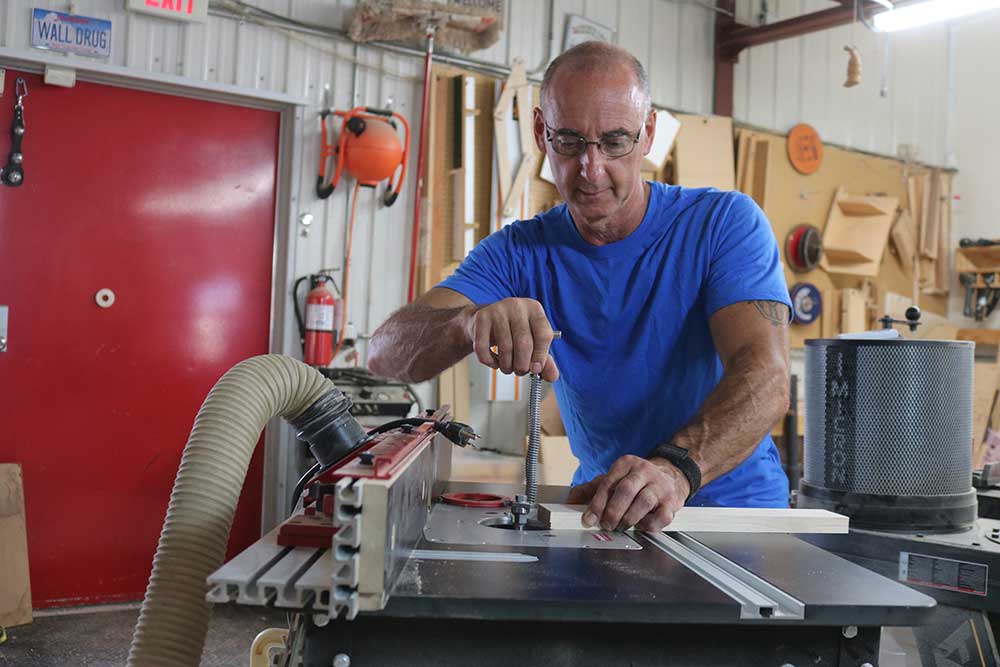
Advanced Table Saw Techniques
George Vondriska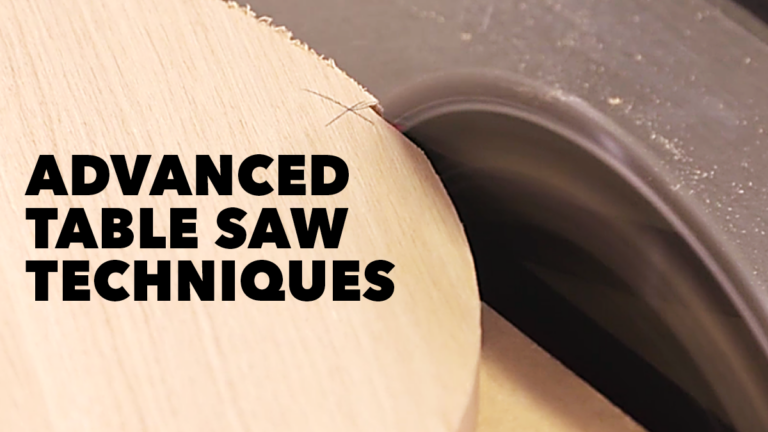
- In-depth Instruction; over 99 mins
- On-demand video access anytime
- Bonus downloadable PDF resources
- Access to class Q&A
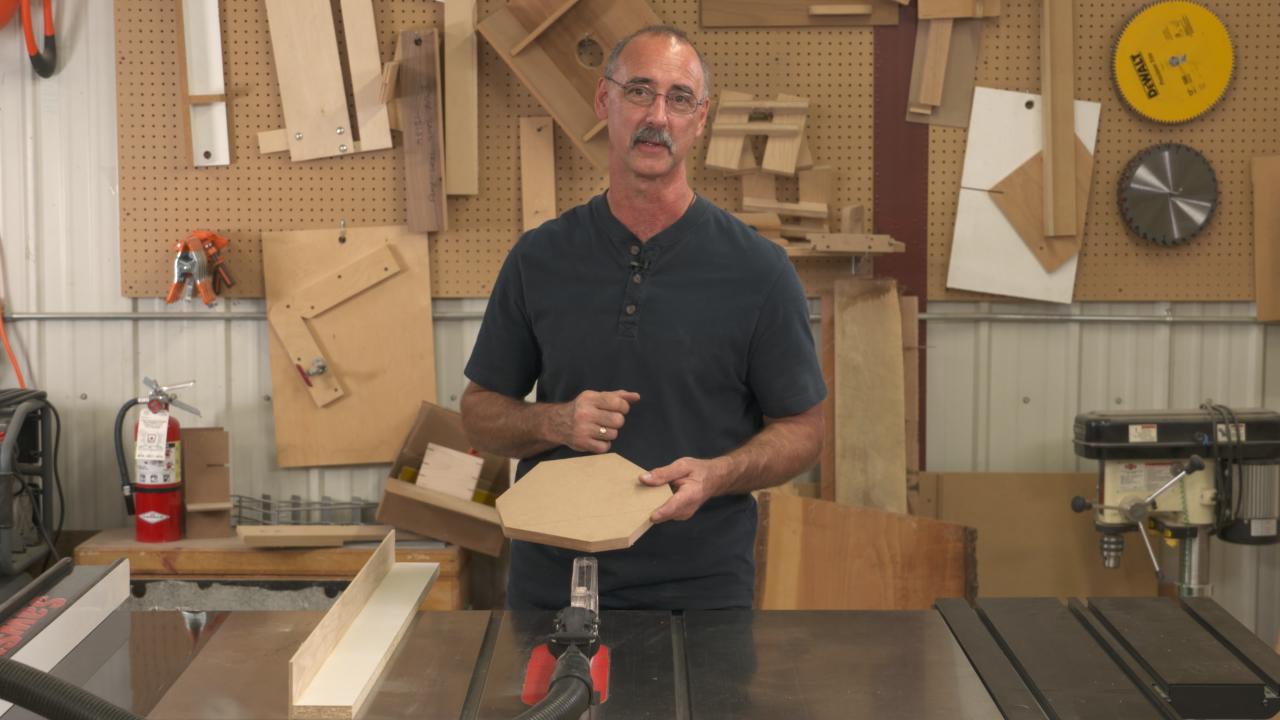
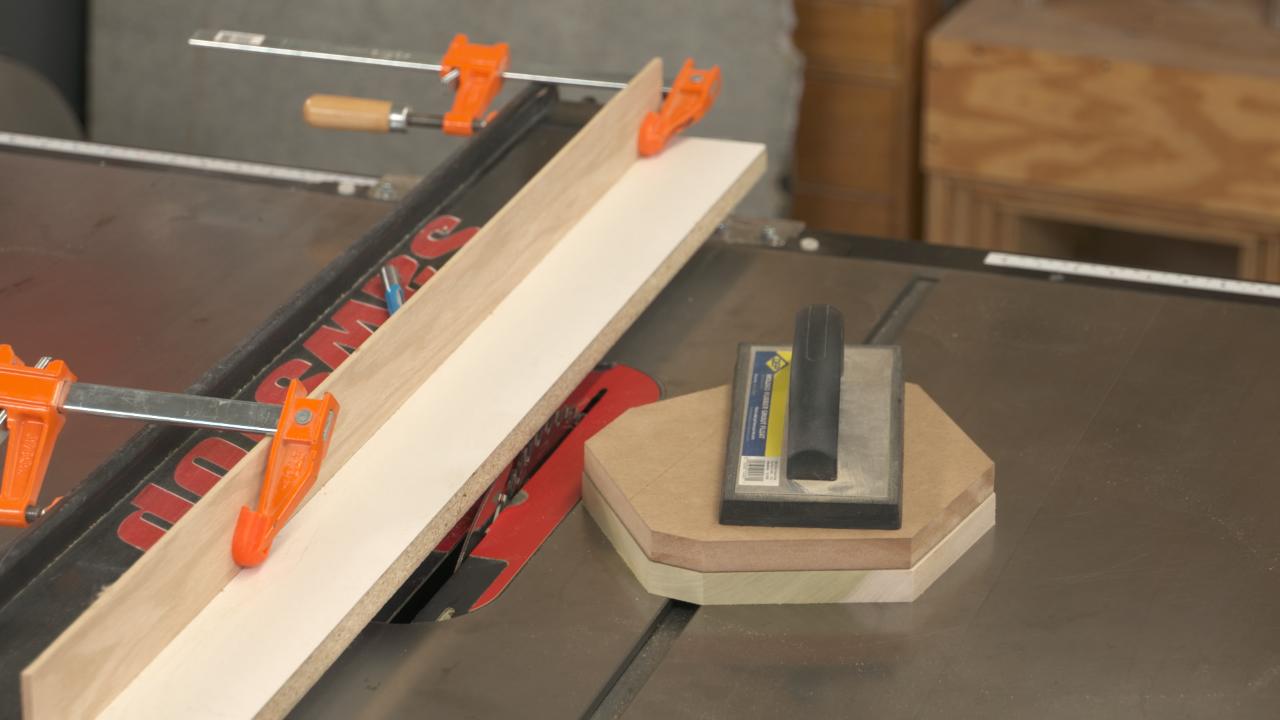
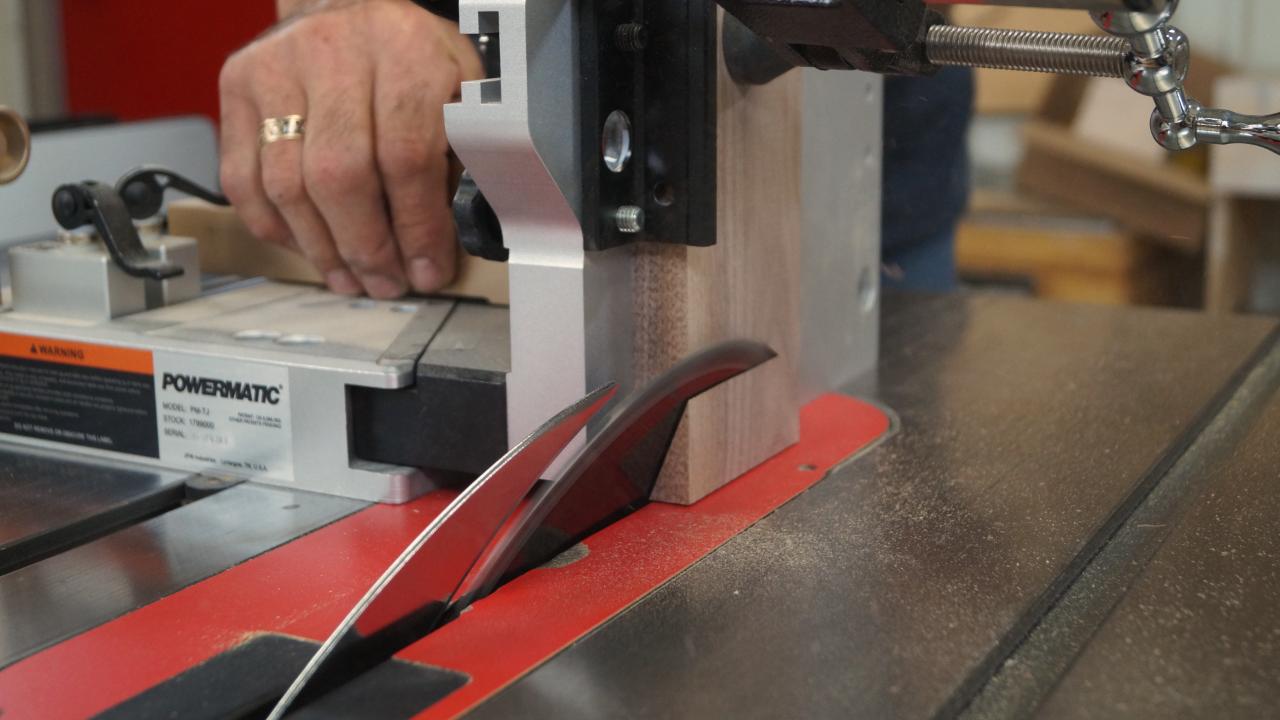

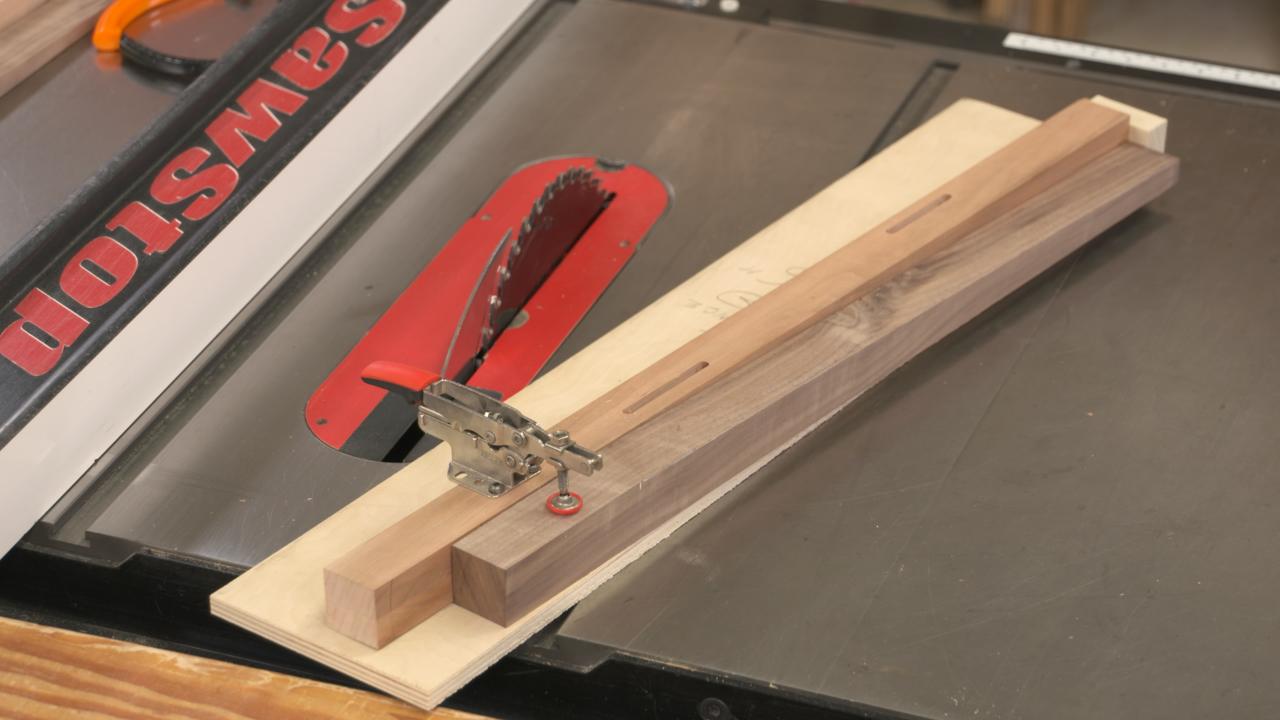
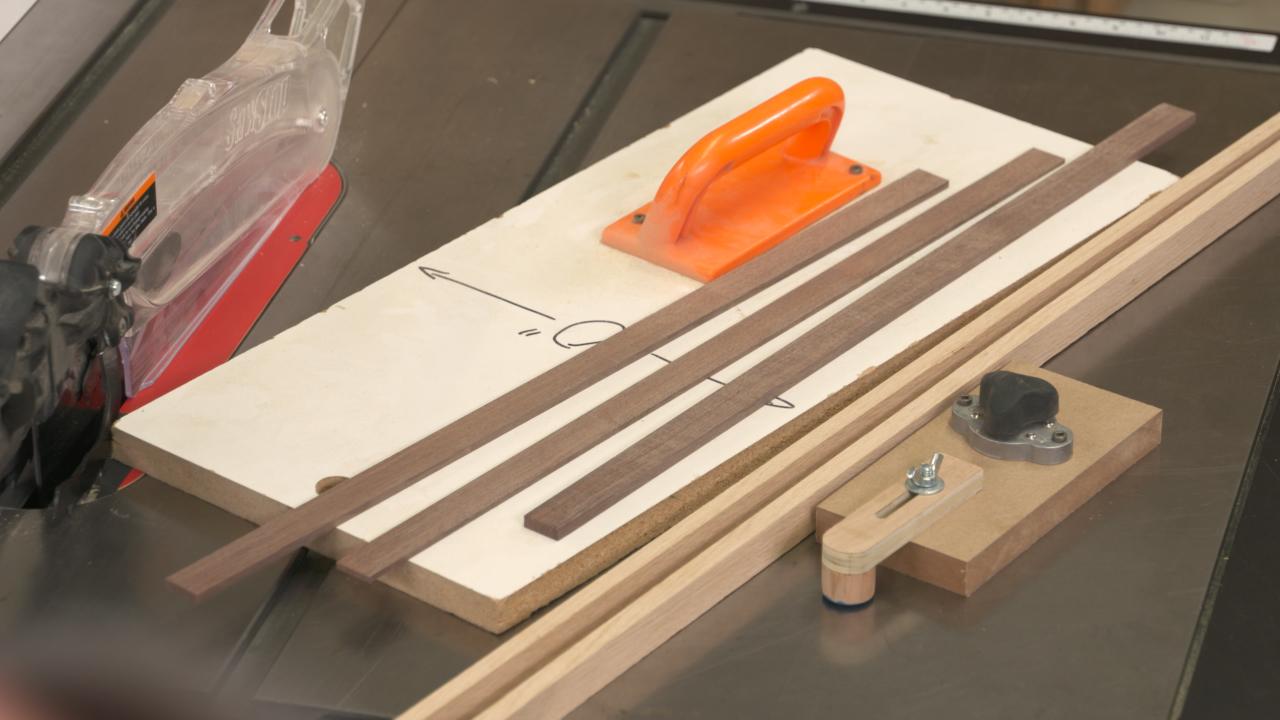


While it’s true that a table saw excels at ripping, crosscutting and dadoes, there’s SO much more you can do on your saw. Buckle your seat belt and get ready to learn! You’re going to be amazed by the seven incredible techniques you’ll learn in this class.
Some of the techniques require shop-made jigs, which you’ll be able to easily produce in your shop. With the jigs in hand we’ll teach you how to:
- Use your table saw as a pattern cutter to make identical parts
- Cut extremely steep angles. This is a must-have skill for flag cases.
- Make raised panels. No specialized panel raising router bit required.
- Safely cut tapered legs, and build the jig for handling them.
- Safely rip very thin strips. Long or short pieces, our jigs have you covered.
- Cut coves. This requires feeding material across the blade at an angle.
- Cut circles. Yes, you can cut circles on the table saw using a simple jig.
How you’ll learn
Each of the seven techniques is broken down into easy to understand steps. You’ll see how to build any required jigs, and how to use the jigs on the table saw. You’ll also learn about what table saw blade works best for each of the operations. Safety is, of course, a huge consideration. You’ll learn about using safety devices, and how to protect yourself while using the table saw for these advanced techniques.
In addition to your video instruction, you’ll get a helpful Class Guide PDF that you can print out and take into the shop with you as a reminder of how to do each technique. And a Resources document points you toward the specialized items you’ll see in the class video.
George Vondriska
Formally trained in technology education, George Vondriska has been teaching woodworking since 1986. He has been the managing editor of Woodworkers Guild of America since 2007. In addition to classes at his own Vondriska Woodworks School, George teaches at woodworking shows across the country and has taught woodworking for the Peace Corps, Andersen Window, Northwest Airlines and the Pentagon.

Bonus materials available after purchase